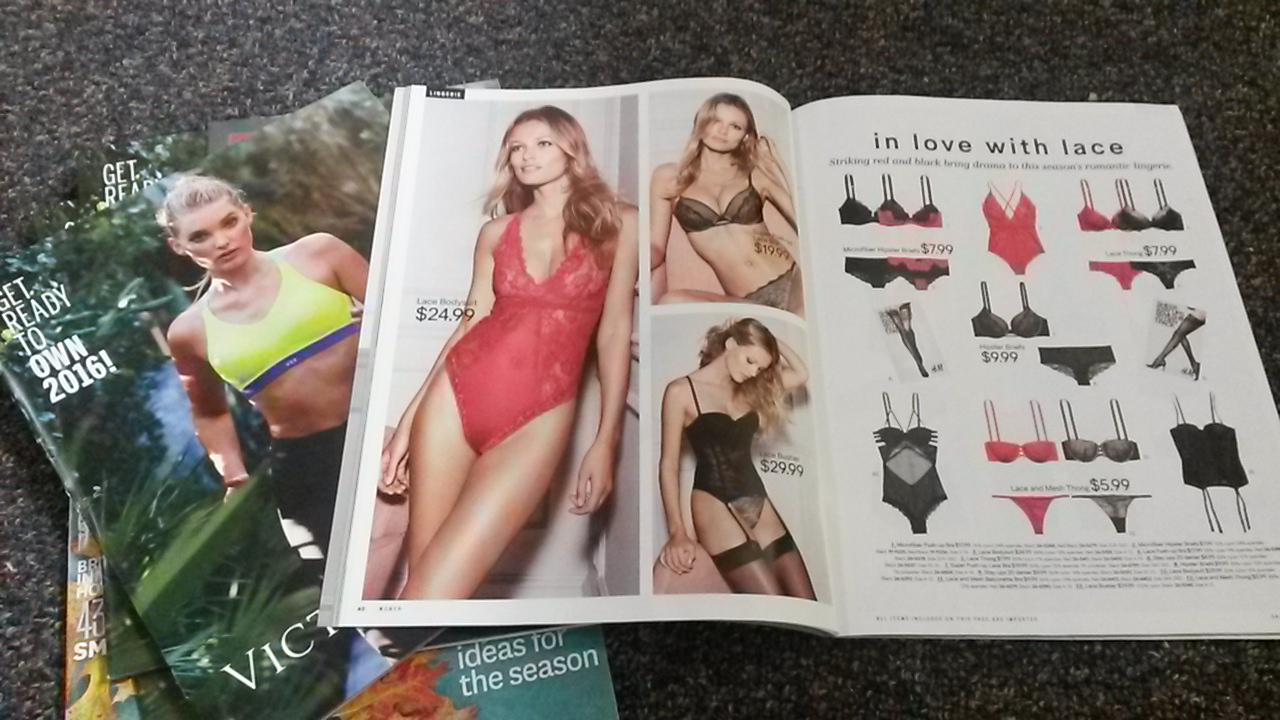At a school where many students are studying communications and media, media literacy is a commonly discussed topic. Media literacy is the study and analysis of the media around us, such as song lyrics, movies and of course, advertisements.
Oftentimes, media literacy experts like Jean Kilbourne look at the effects advertisements have on society and different groups of people. Kilbourne devotes her life to the study of advertisements and explains in her books and films how they affect women and girls.
Many beauty standards for women, or what women are supposed to look like according to society’s views, are unattainable, but commonly portrayed in advertisements. From thigh gaps, visible ribs and flat stomachs, ads are diminishing the effects of body positivism, a movement that embraces different body types and physical characteristics.
Kilbourne gives an example in an Armani Exchange advertisement. This ad in particular features a model who has her arms between her legs with the tagline, “The More you Subtract the More You Add.” The model’s pose is significant, as it supports the idea of women shrinking and not taking up space. On one level, the tagline is referring to clothing and layers, but with the thin model’s pose, it could be just as well referring to weight.
Another common problem with advertisements is the objectification of women. Many ads today present women as objects, not people. In her book, Kilbourne shows a picture of a Skintimate Shaving Gel where a pair of scissors is supposed to represent a person. This is also often seen in alcohol ads where the bottle is a women’s body. While I don’t like that thin models are portraying women fairly, comparing a body to an object is not even an acknowledging their existence.
A third way that advertisements are harming women is through not representing them equally. Even looking past the stereotypical thin model, those models hardly ever have diverse identities. According to Kilbourne, people of color have it the worst, as they are most often seen as animals, or less than human. Members of the LGBTQ Community are hardly ever represented and advertisers are closeted when doing so for fear of offending heterosexual consumers.
It is estimated that we are exposed to 3,000 advertisements every single day. While many of these are seen quickly, they are internalized and processed subconsciously. These inaccurate and fake portrayals of women are really harming our culture and our perceptions of ourselves. In collaboration with selling us products, they are selling us unattainable beauty standards, body negativity and just the stereotypical stick thin models.



